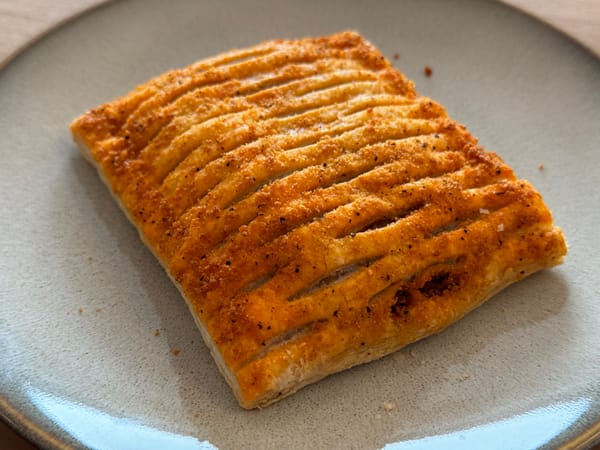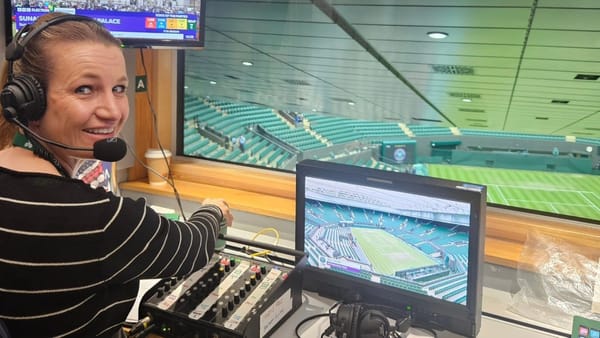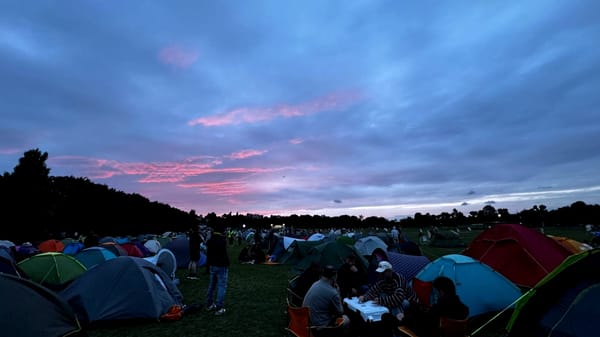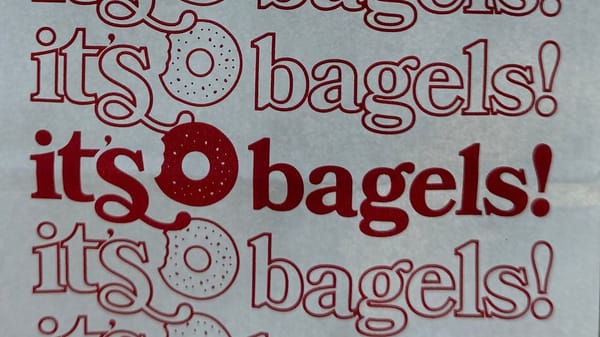It's time to bring back flip phones
For the sake of teen media, at least
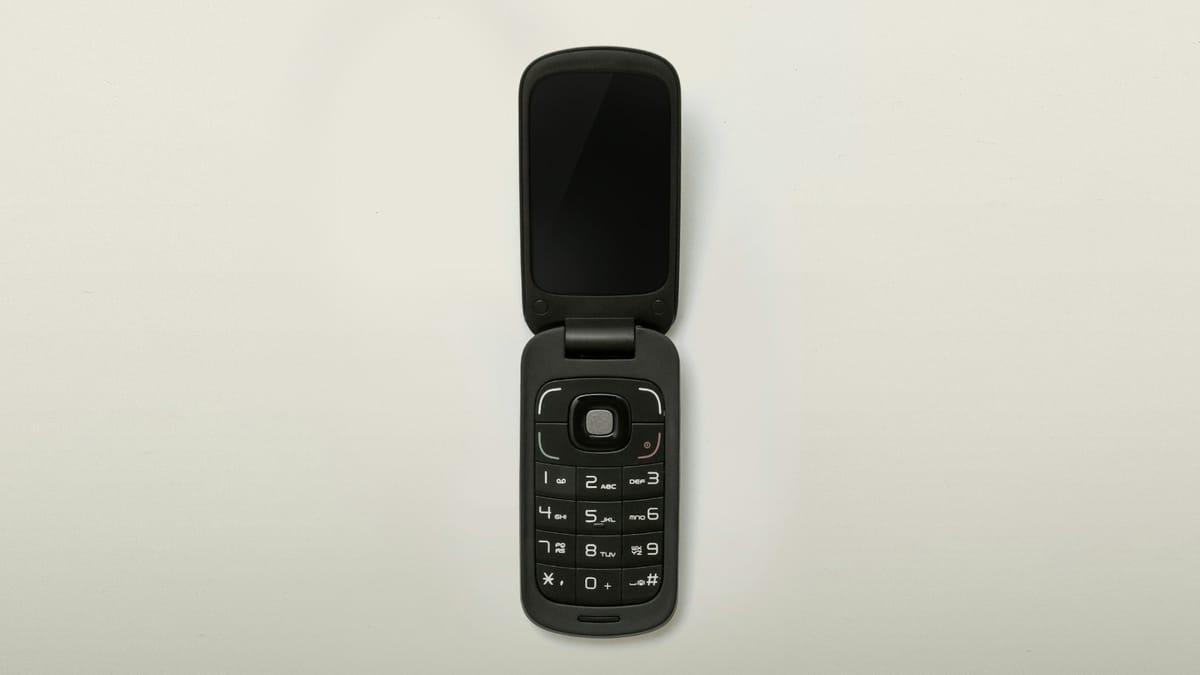
I’ve been feeling nostalgic for a TV show I never watched lately. My wife has been rewatching The O.C., and, at my request, will explain to me everything that’s happened in the episodes she’s watched. It’s like my own personal recap podcast.
Towards the end of season one, a pathological liar named Oliver threatens to tear Ryan and Marissa’s budding romance apart. (At least, based on what I’ve gathered.) He’s taken Marissa away to the hotel where he lives, and thanks to a chance encounter, Marissa realizes that Ryan was right about Oliver’s web of lies. Desperate for a way out, she calls Ryan on her cell phone—a flip phone, natch, as this is 2004—but Oliver discovers her betrayal. As he takes the phone out of her hand, he utters “Bye Ryan” and flips it shut.
Is there any doubt that this scene would be less impactful if Marissa had a modern cell phone? It’s just not satisfying to hang up a smartphone. No one has actually “hung up” a phone to end a call in decades, but at least flip phones have a definitive physical action. You can’t slide your thumb across a screen with anything resembling malice or finality.
On film, flip phones are also more aesthetically pleasing, even the ugly ones. As much as Apple tries to make the iPhone beautiful, a stunning sandwich of stainless steel and glass, most phones these days can be reduced large black rectangles. These massive devices often look absurd when you actually use them as a phone. A flip phone, on the other hand, is discrete and won’t block an actor’s face.
Despite obvious advantages, flip phones rarely show up in film or TV these days. That’s why I could help but notice when one showed up in Bottoms, a new teen sex comedy that’s a bit like But I’m a Cheerleader, Fight Club, and Not Another Teen Movie all thrown into a blender. While not a period piece, it borrows liberally from early 2000s teen media, including a well-placed flip phone cameo.
The detail, perhaps unexpectedly, also lends the film a bit of verisimilitude. Outside of film and TV, flip phones are back. Well, with a small handful of teens and tech enthusiasts, at least.
The New York Times interviewed a group of teens last year who traded in their smartphones for flip phones in an attempt to reduce screen time and improve their mental health. Some teens are using them in addition to smartphones—as evidenced by the mountains of TikToks documenting flip phone usage.
Some Android phone makers are trying to have it both ways, merging the benefits of flip phones with the power of a smartphone. Motorola even brought back their famed Razr brand for a flip phone that opens up to a full smartphone screen. Samsung has one of those, too, plus some phones that run in the opposite direction—you can open them up until they become as big as a tablet. Apple’s nowhere to be seen here—they’re more interested in trying to strap an iPhone to your face.
As much as I loved my LG enV2 back in the day, with its full keyboard and second screen hidden inside a clamshell design, I know I could never be one of today’s Luddite teens. But I wouldn’t mind being able to fold my iPhone shut every once in a while, even if it’s just for a dramatic hang up.
One question for The O.C.-heads out there—do they ever say why Ryan doesn’t have a phone and keeps having to use Seth’s? The Cohens take him in and feed him and adopt him, but won’t get him on the family plan?

